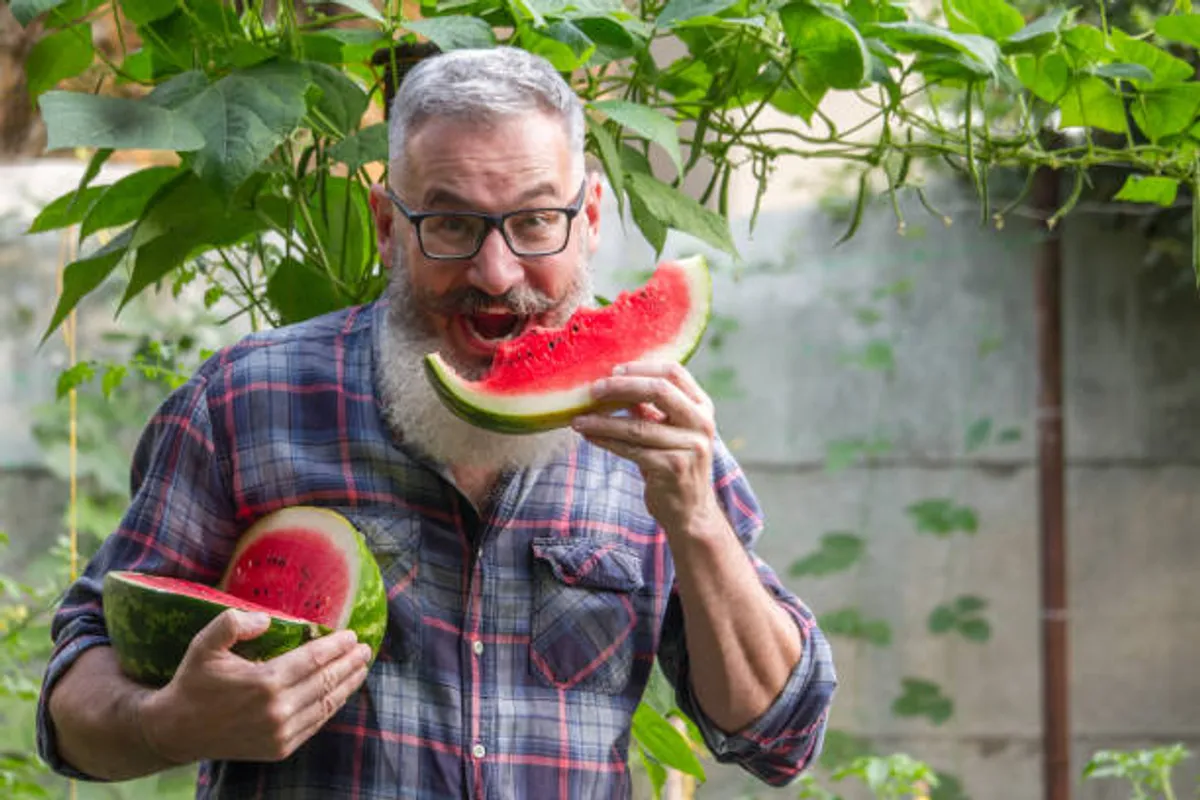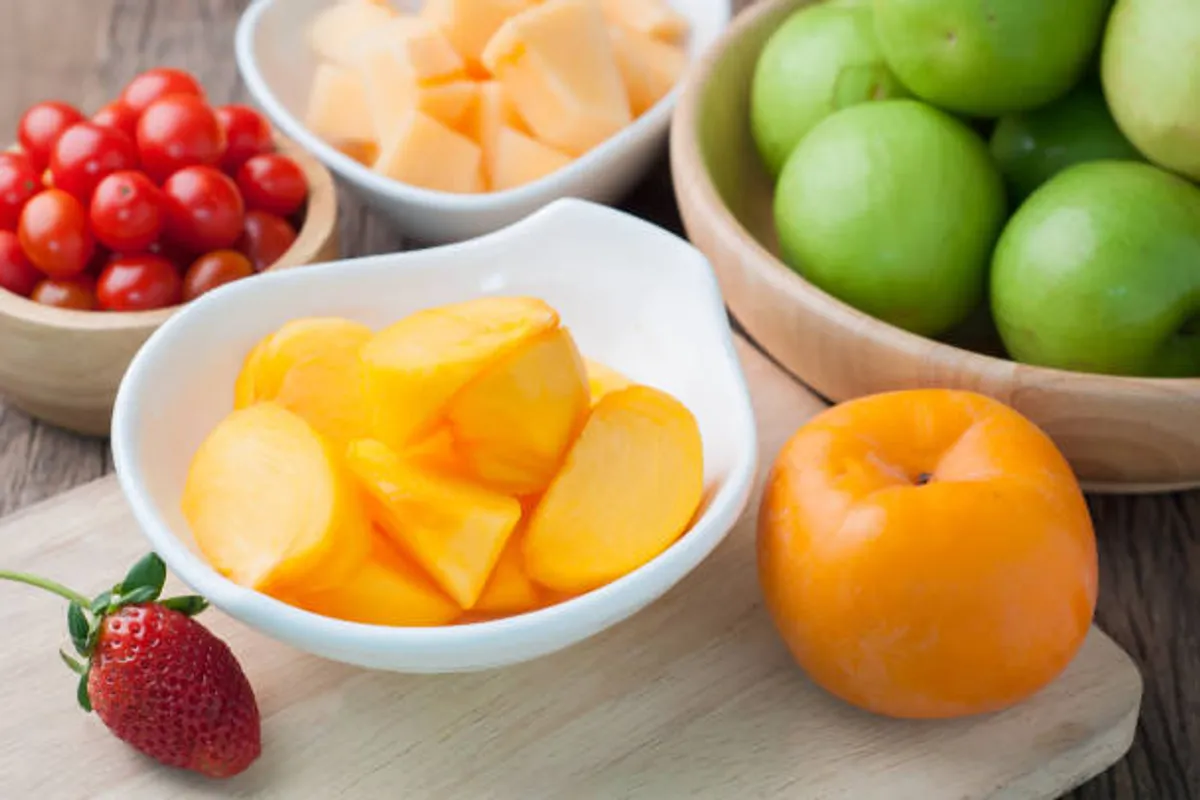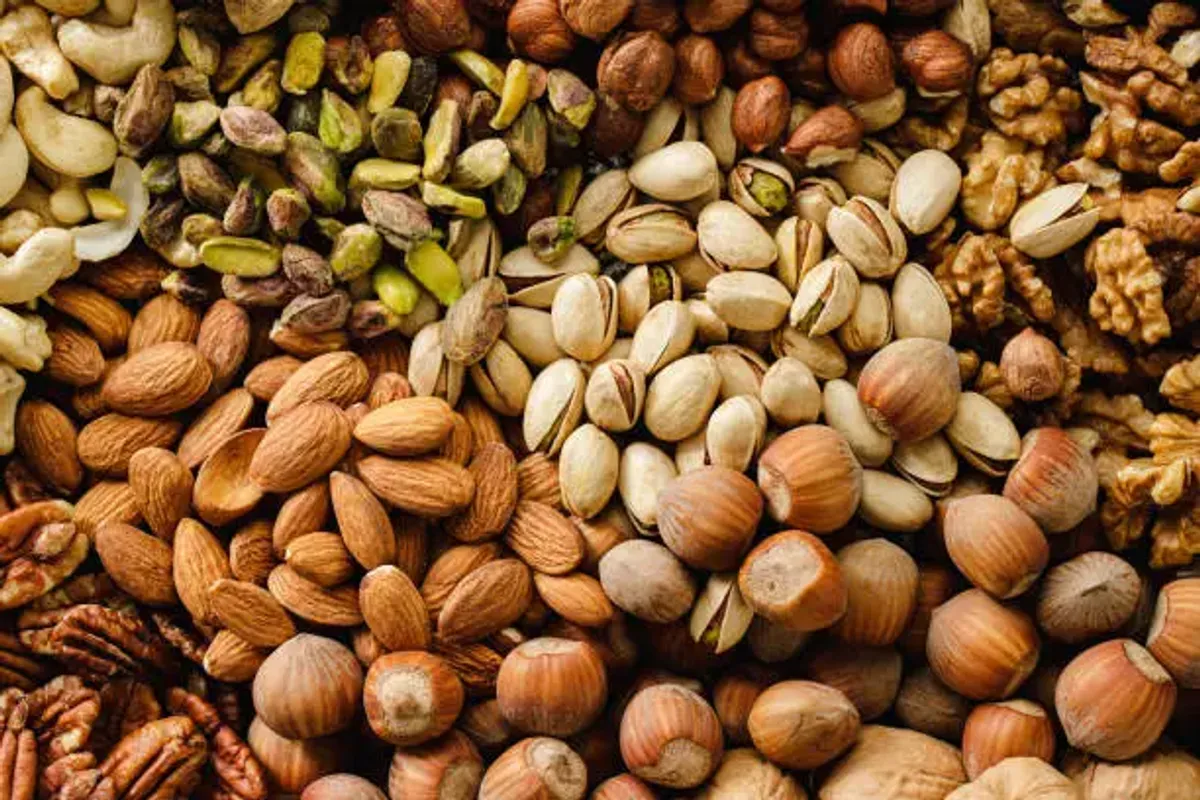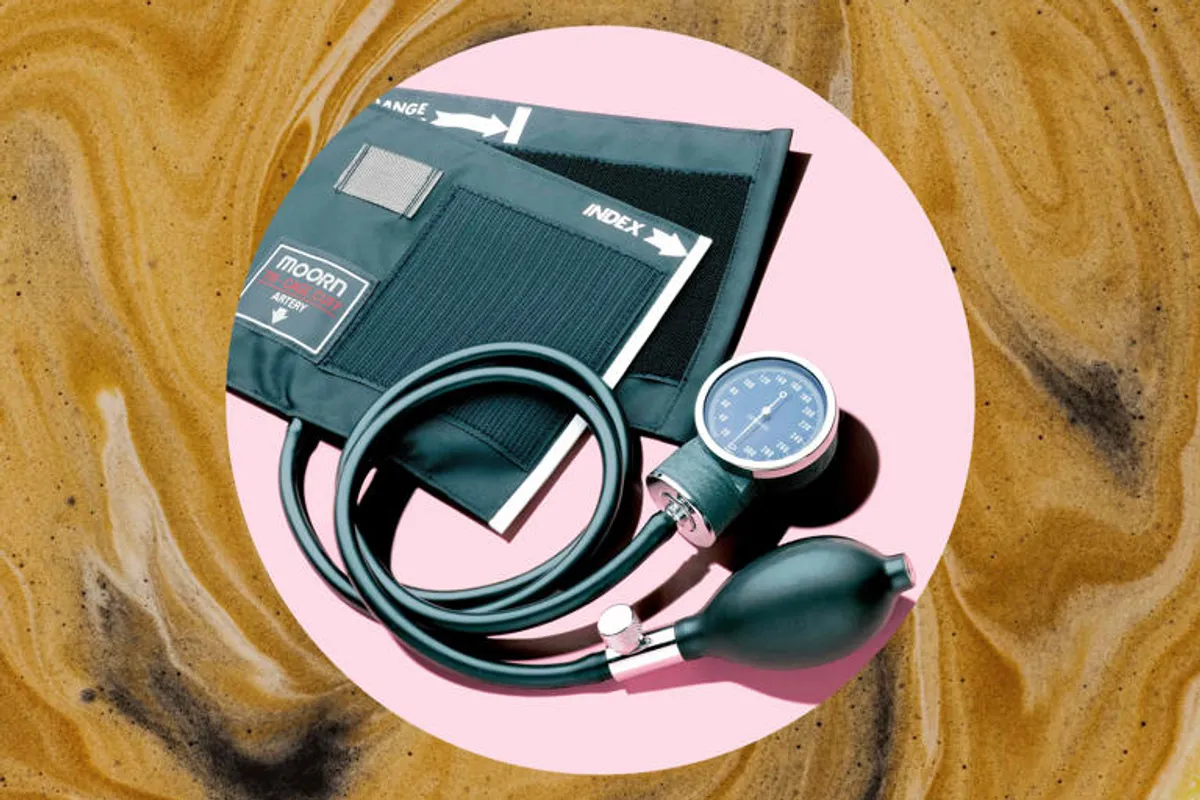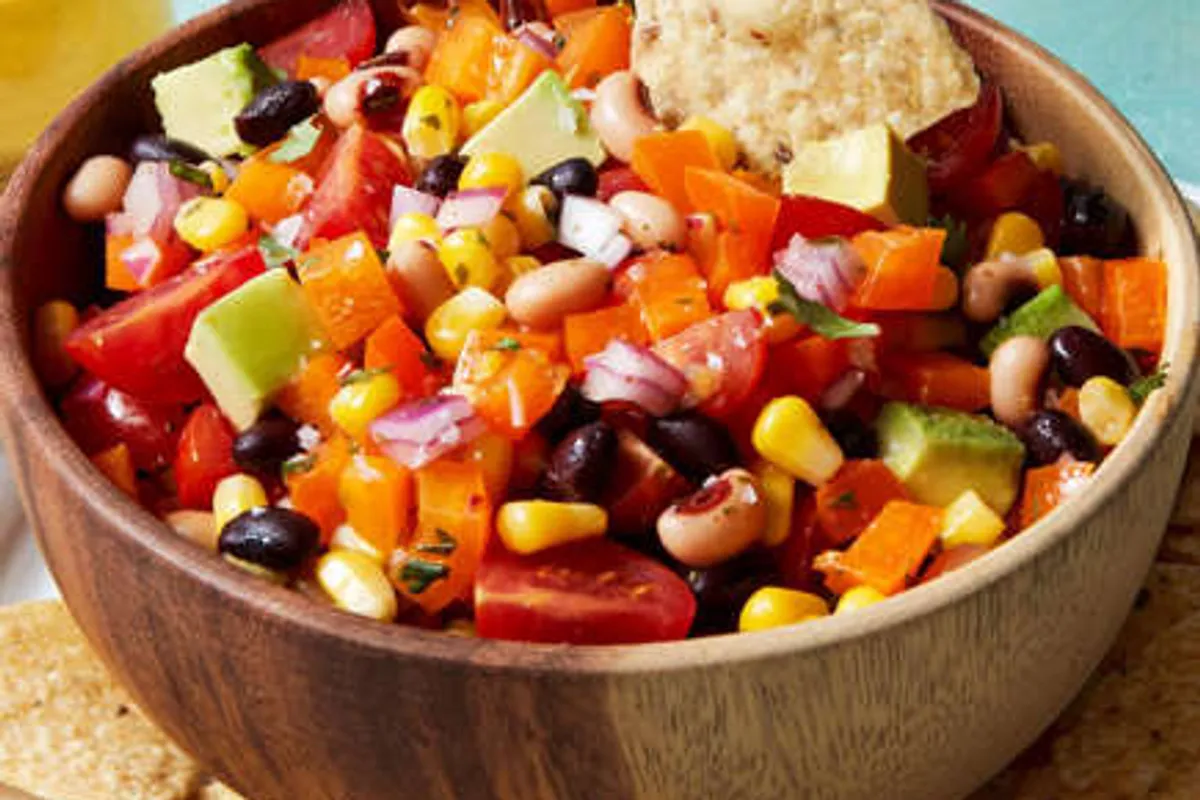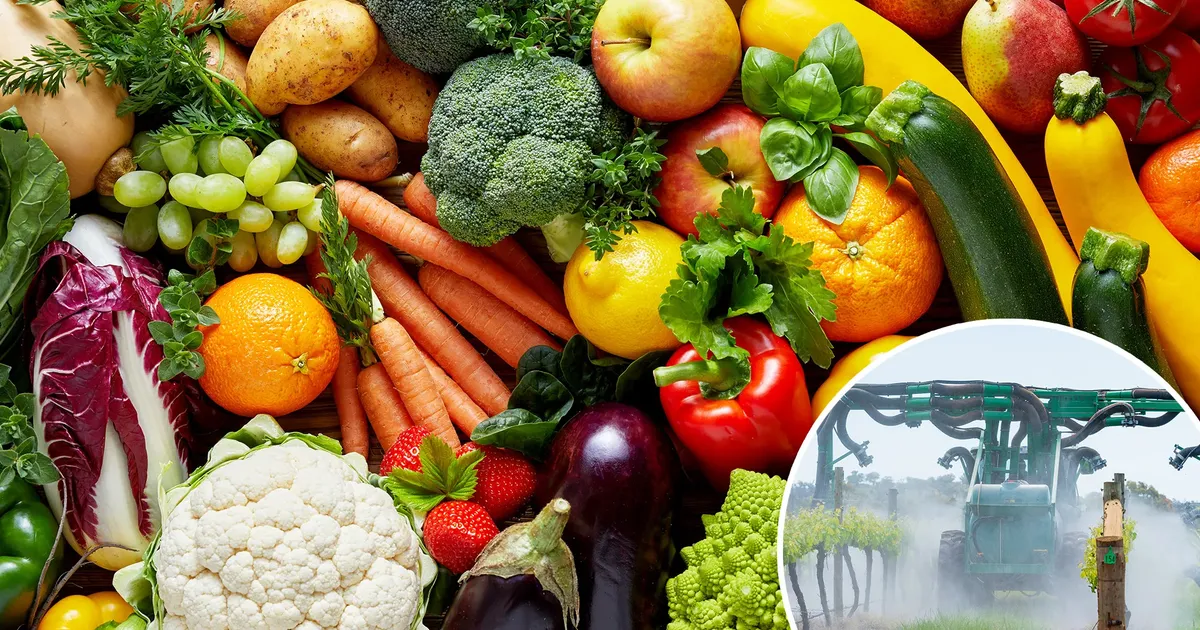
America’s Top Veggie Is Packed with Pesticides—Here’s What You Should Know

GeokHub
Contributing Writer
A recent survey by the Environmental Working Group (EWG) revealed a surprising and concerning fact: the most consumed vegetable in the U.S.—potatoes—ranks among the Dirty Dozen for pesticide residues. After testing over 1,000 samples, USDA data showed that 90% contained chlorpropham, a sprout-inhibiting chemical banned in the EU due to potential health effects, including thyroid harm and developmental risks.
Chlorpropham is used post-harvest to prevent potatoes from sprouting during storage. While the EPA still allows its use, the EU discontinued it in 2019 because research linked it to hormone disruption and cellular damage. The high detection rate among U.S. potatoes puts this common staple under fresh scrutiny from health experts.
Potatoes joined blackberries this year as new entries on the EWG’s Dirty Dozen—a list topped by spinach, which now contains more pesticide by weight than any other produce. Spinach samples were found with high levels of permethrin, a neurotoxic insecticide banned in Europe. By contrast, items like pineapples, sweet corn, avocados, and bananas topped the “Clean Fifteen,” showing minimal pesticide use.
What This Means for You
Here’s how to approach shopping:
- Wash and scrub potatoes—it reduces but doesn’t eliminate pesticide residue.
- Buy organic of high-risk produce (Dirty Dozen) when possible.
- Don’t fear eating produce—especially greens and fruits. The benefits far outweigh the risks.
- Choose Clean Fifteen items when organic is too pricey—they’re shown to have low levels of pesticides.
Potatoes may be a kitchen staple, but the presence of chlorpropham highlights a broader issue with pesticide use on conventionally grown produce. Thankfully, simple steps—washing, choosing organic for certain items, and including safer options—can make a real difference in reducing exposure without sacrificing nutrition.

